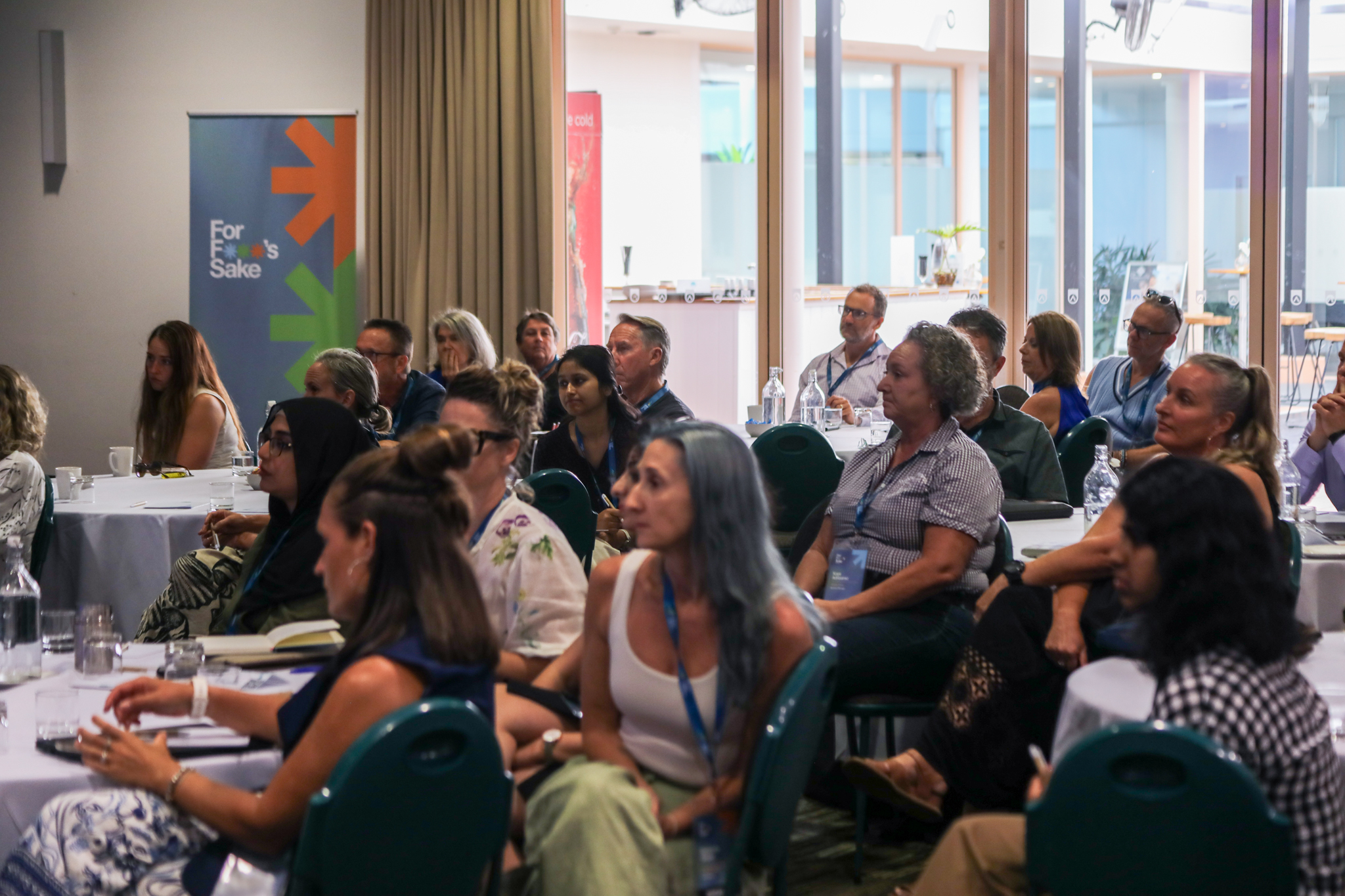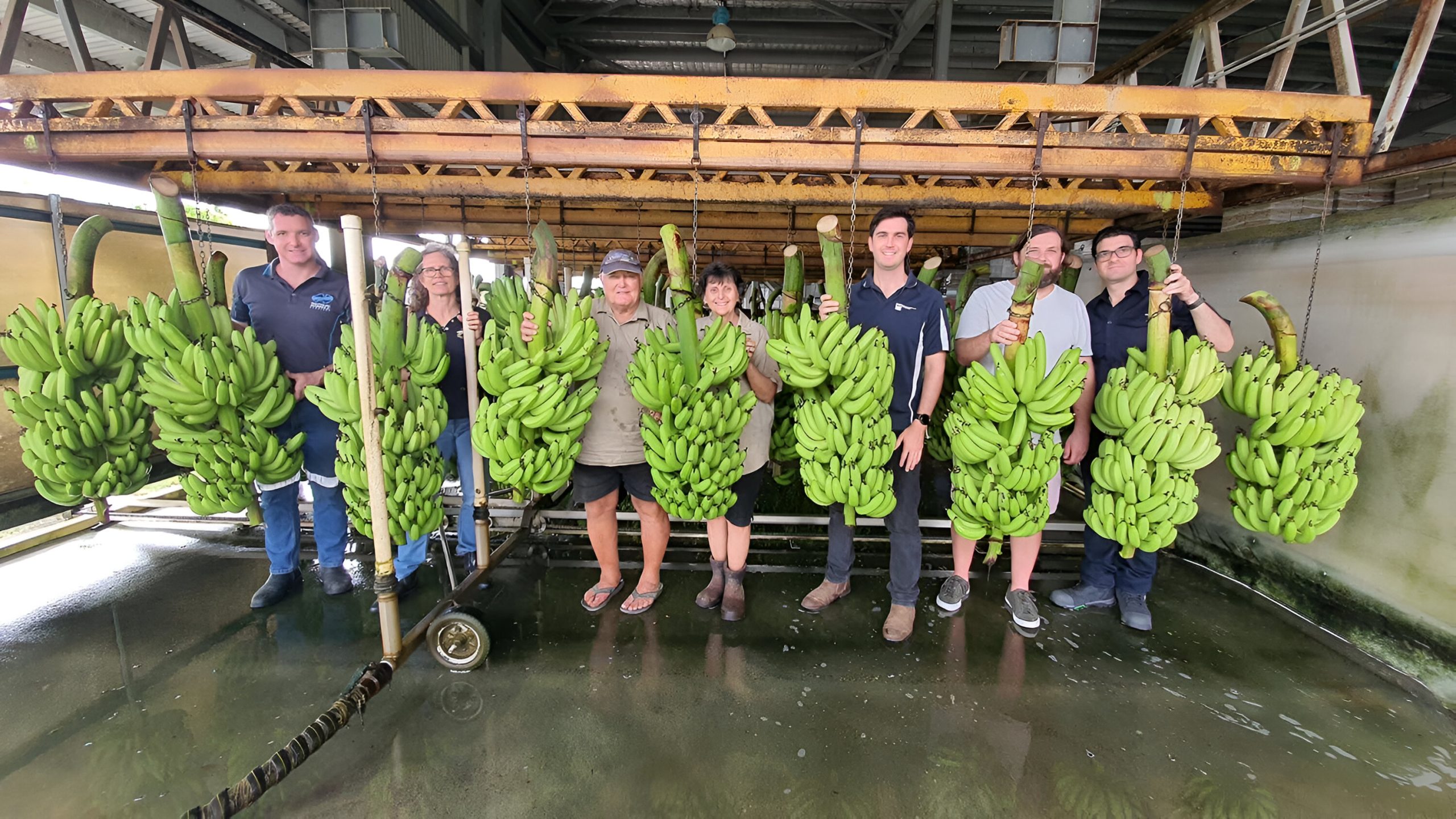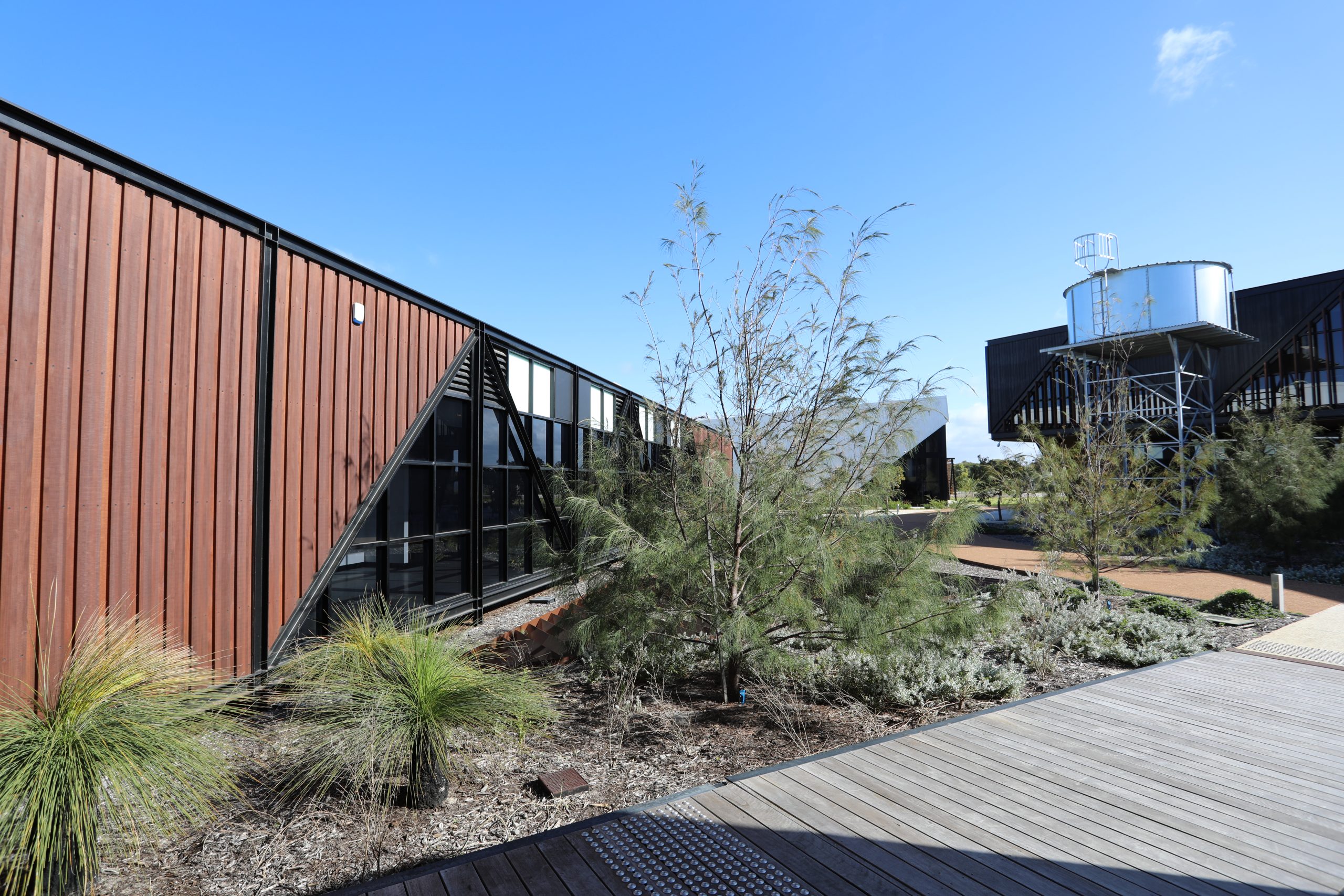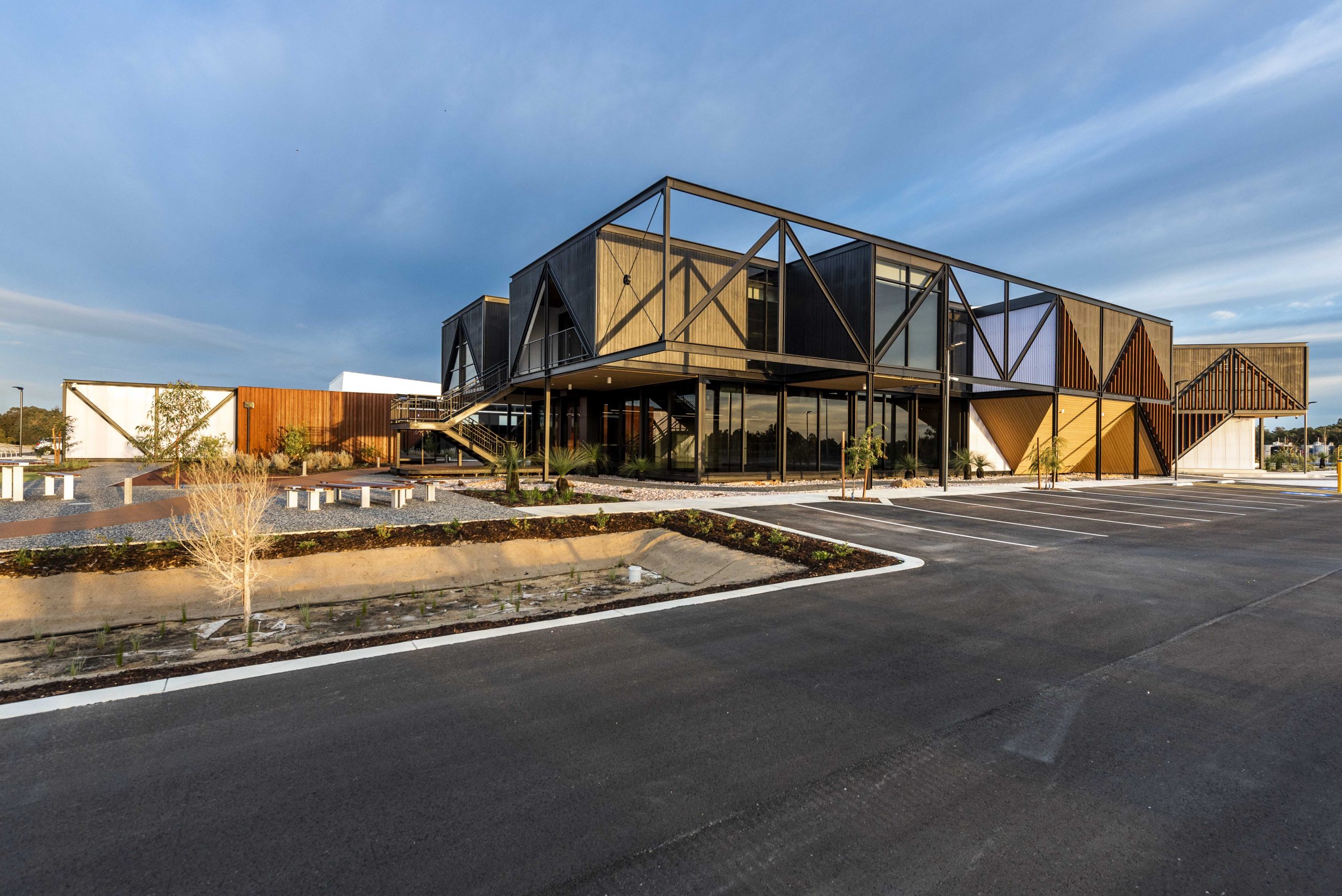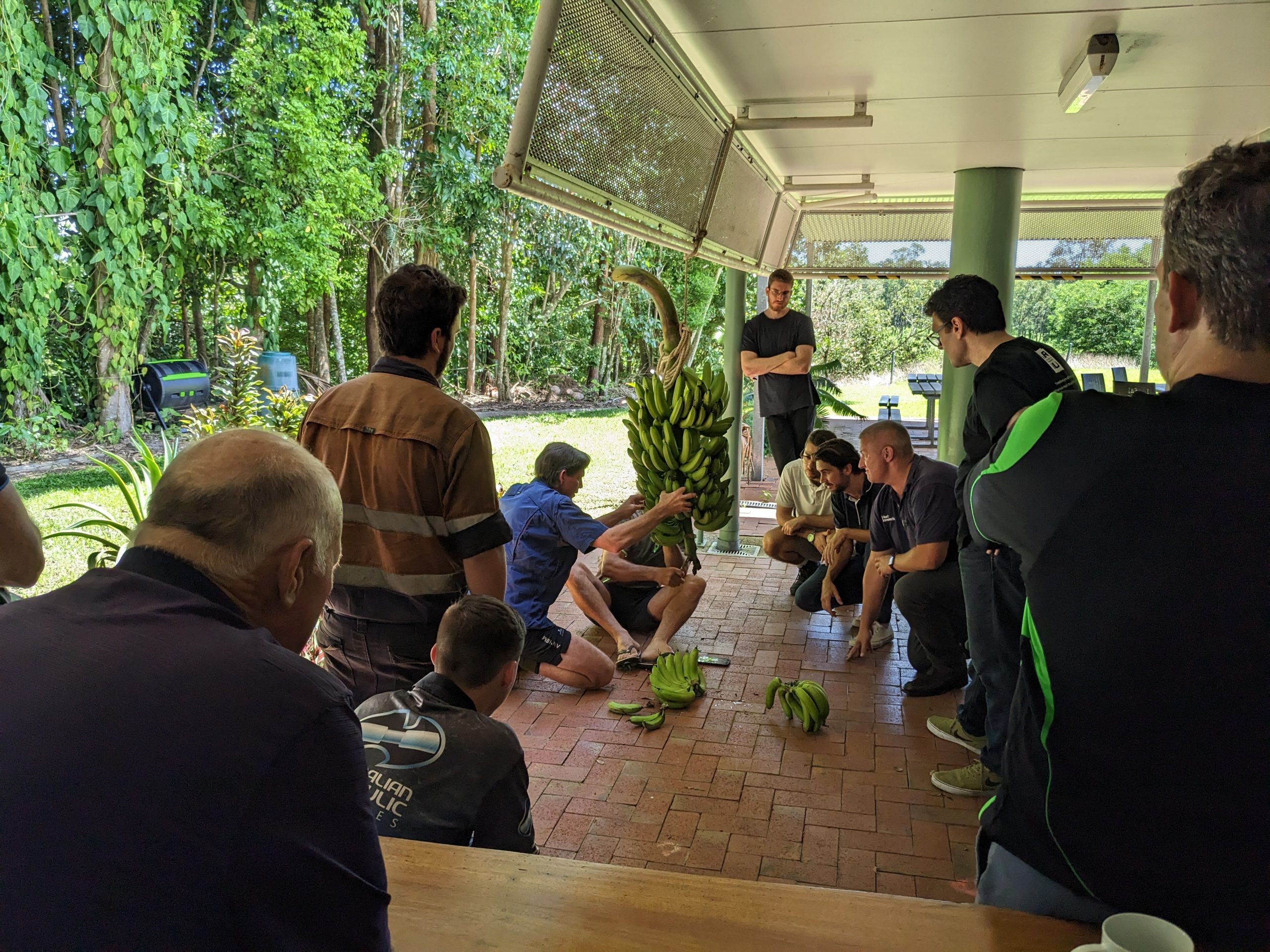Mission MushVroom will be the first study to cultivate and grow mushrooms in space. Oyster mushrooms are the perfect space crop, helping astronauts meet their nutritional needs on long-duration space missions like those to Mars, while closing the loop in plant agriculture and helping to minimise inputs and waste. They are quick to grow, double in size every day, and have nutrients found across food groups, including the unique ability to make vitamin D on UV exposure- the only supplement currently given to astronauts on the International Space Station.
Read moreMission MushVroom



